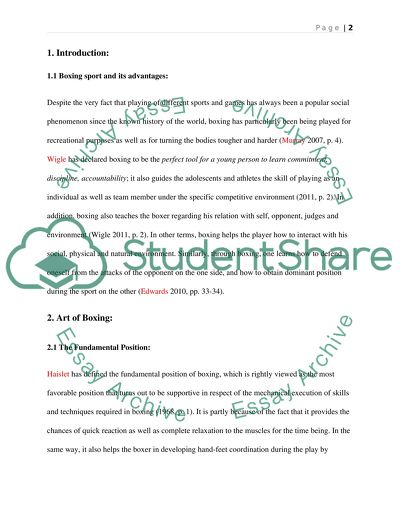Cite this document
(“Boxing Term Paper Example | Topics and Well Written Essays - 1750 words”, n.d.)
Boxing Term Paper Example | Topics and Well Written Essays - 1750 words. Retrieved from https://studentshare.org/miscellaneous/1690266-boxing
Boxing Term Paper Example | Topics and Well Written Essays - 1750 words. Retrieved from https://studentshare.org/miscellaneous/1690266-boxing
(Boxing Term Paper Example | Topics and Well Written Essays - 1750 Words)
Boxing Term Paper Example | Topics and Well Written Essays - 1750 Words. https://studentshare.org/miscellaneous/1690266-boxing.
Boxing Term Paper Example | Topics and Well Written Essays - 1750 Words. https://studentshare.org/miscellaneous/1690266-boxing.
“Boxing Term Paper Example | Topics and Well Written Essays - 1750 Words”, n.d. https://studentshare.org/miscellaneous/1690266-boxing.


